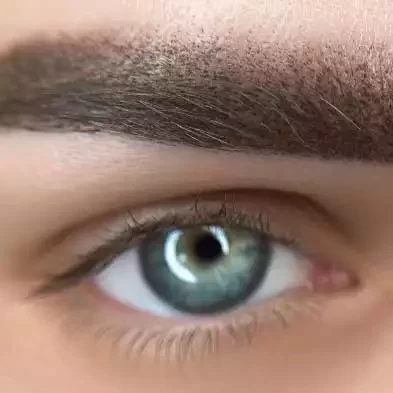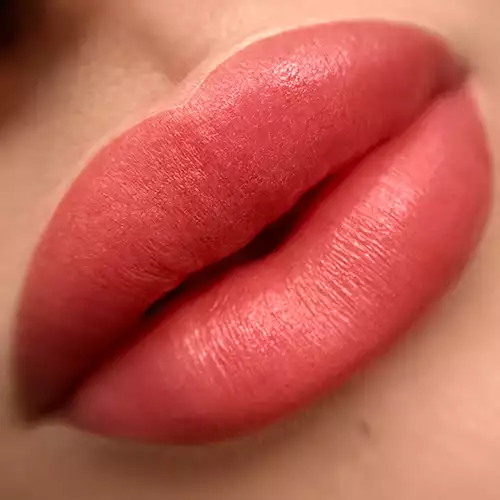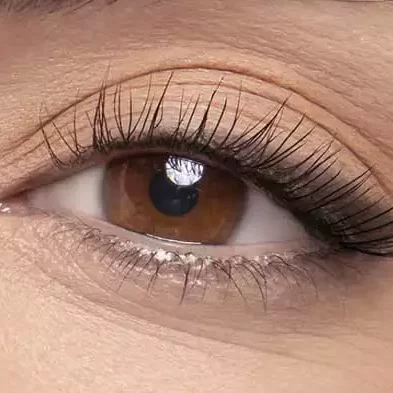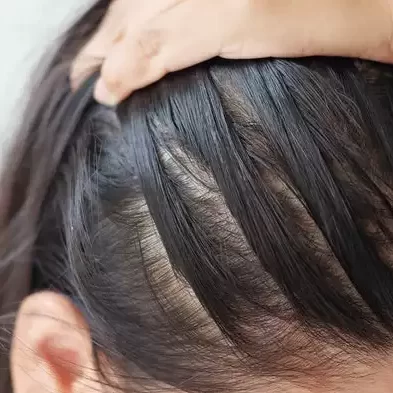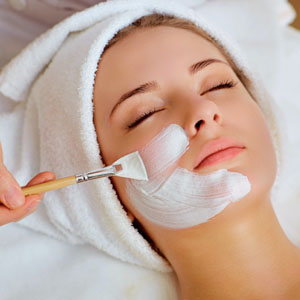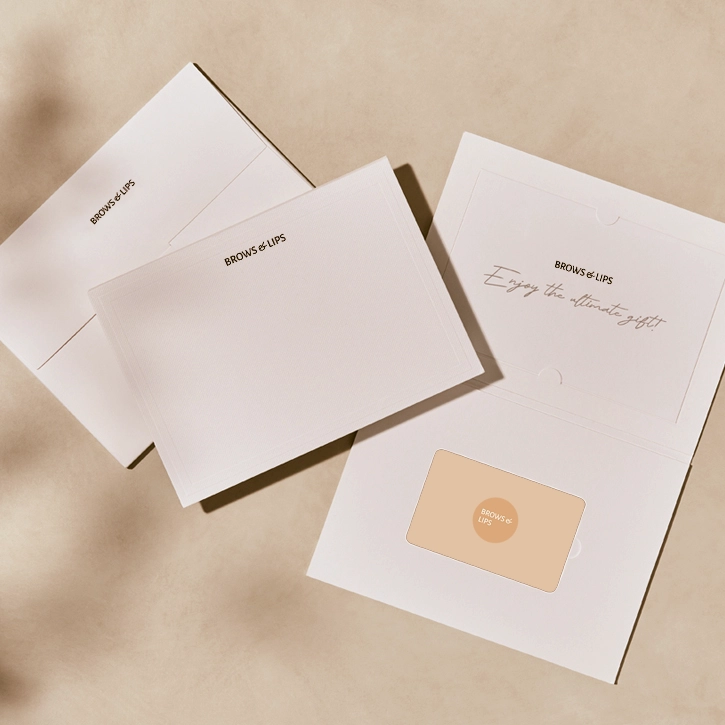LOOK AMAZING
AND FEEL AS FAB
AS EVER

ABOUT
Welcome to Brows & Lips, your premier destination for professional permanent makeup in Dubai. We are committed to bringing beauty satisfaction to our Middle East clientele through our excellent permanent treatments. Whether you’re looking for microblading, nanoblading, microshading, ombre, powder brows, or lip blush, we have the right option for your skin type and face.
At Brows & Lips, we are more than just a semi-permanent makeup studio. We are a one-stop shop for all your permanent makeup needs in the UAE. Our online shop offers a wide range of products from world-renowned brands like Perma Blend, iColor, Hanafy, Swiss Color, and Face. Whether you’re a seasoned professional or just starting out in the world of beauty, we welcome you to our store for PMU pigments, microblading supplies, and all things related to permanent makeup.
BROWS & LIPS
WELCOME TO SEMI-PERMANENT MAKEUP STUDIO BROWS & LIPS
EXPLORE THE GALLERY
Experience the fantastic transformation of your brows and lips at our studio. Our meticulous specialists, who undergo continuous training for the latest trends in the field of permanent makeup, are committed to providing you with a 100% satisfaction guarantee. We use sterile techniques and premium brands to ensure your safety and quality of service.
KNOW MORE
Don’t just take our word for it. Read our excellent reviews from satisfied clients who love their new look. Join them and feel like a superstar every day with your own look and style. Read our blog, where beauty meets professionalism.
SHOP WITH US
Brows & Lips is the go-to online shop in the United Arab Emirates for high-quality permanent makeup products from world-renowned brands like Perma Blend, iColor, Hanafy, Swiss Color, and Face. Our shop offers a wide range of disposables, essentials, gift cards, and permanent makeup machines, making us your one-stop shop for all your PMU needs in the UAE.
As the first online shop in the UAE to offer such services, we have established ourselves as the premier destination for anyone looking for top-notch permanent makeup products and services. Whether you’re a seasoned professional or just starting out in the world of beauty, we welcome you to our store for PMU pigments, microblading supplies, and all things related to permanent makeup.



